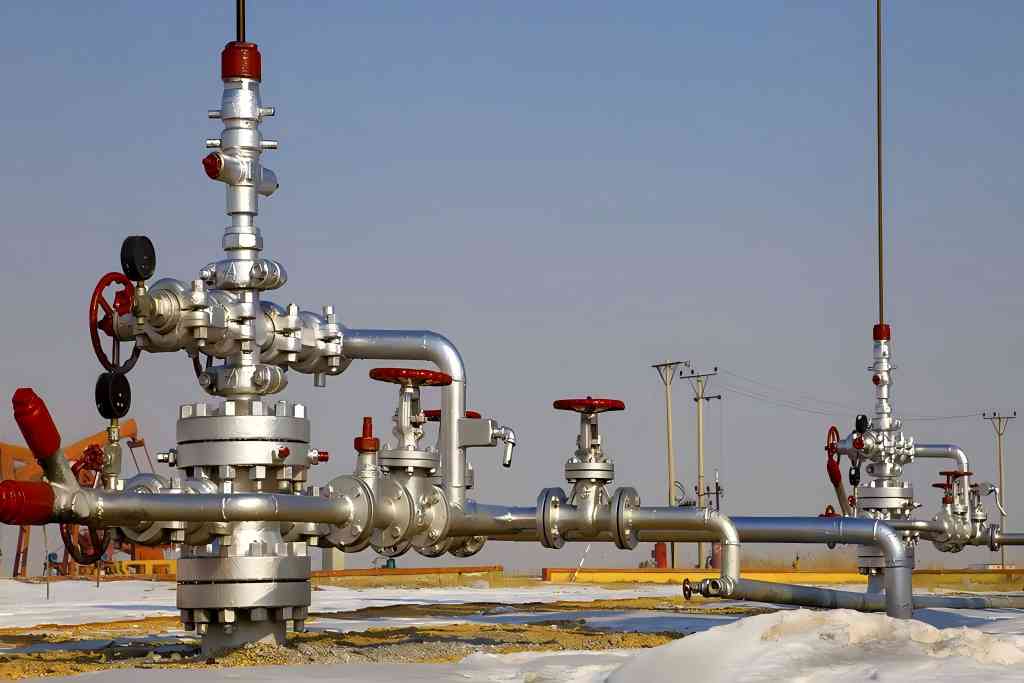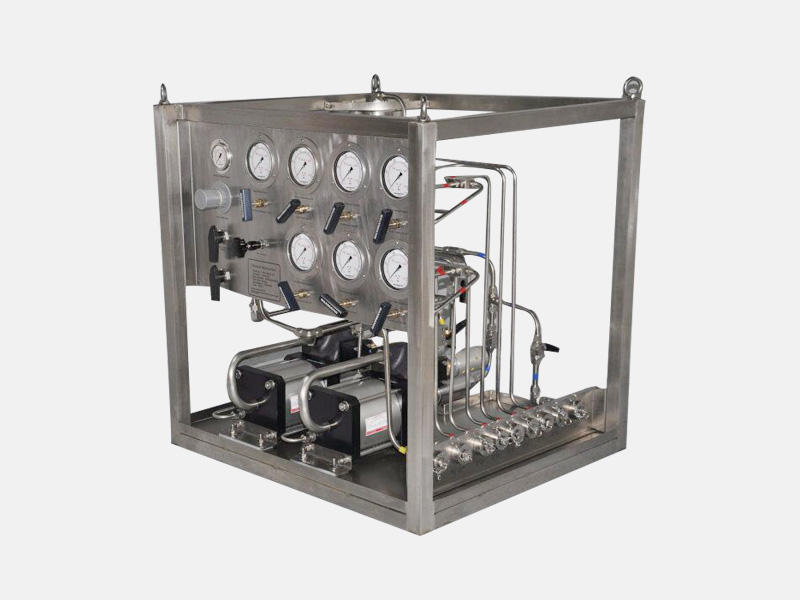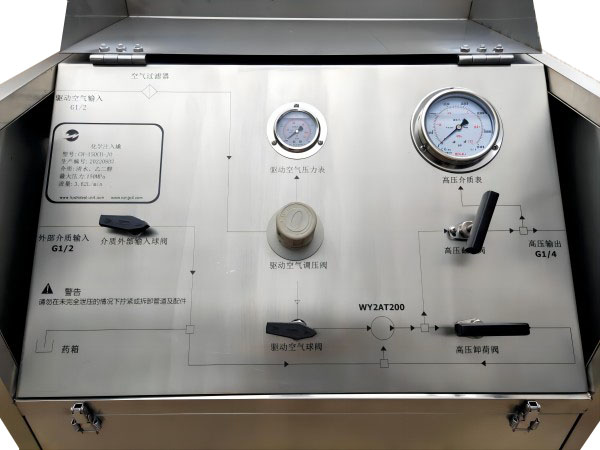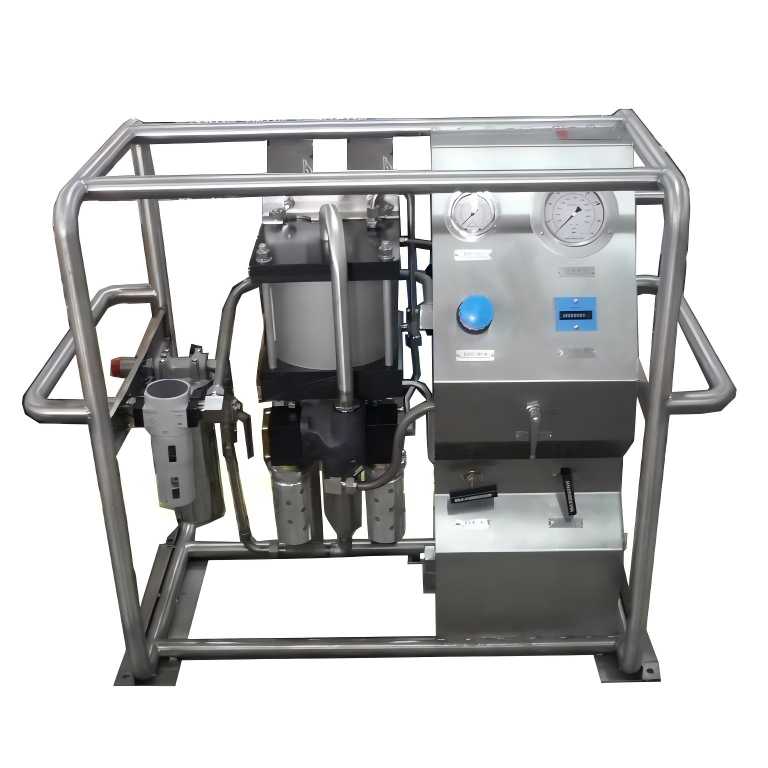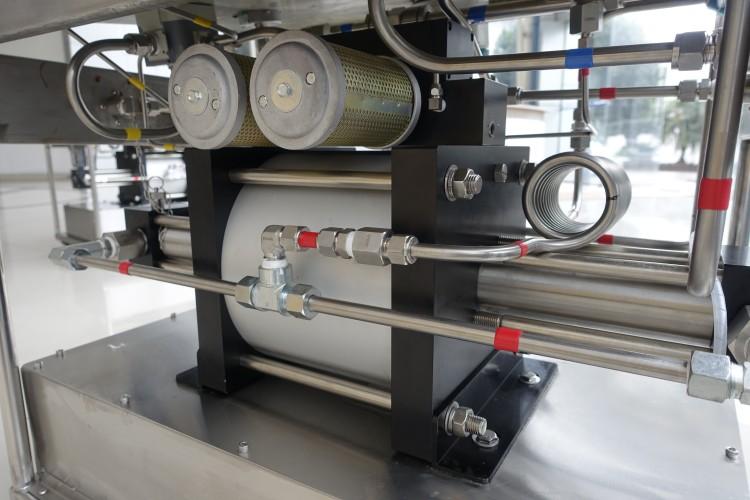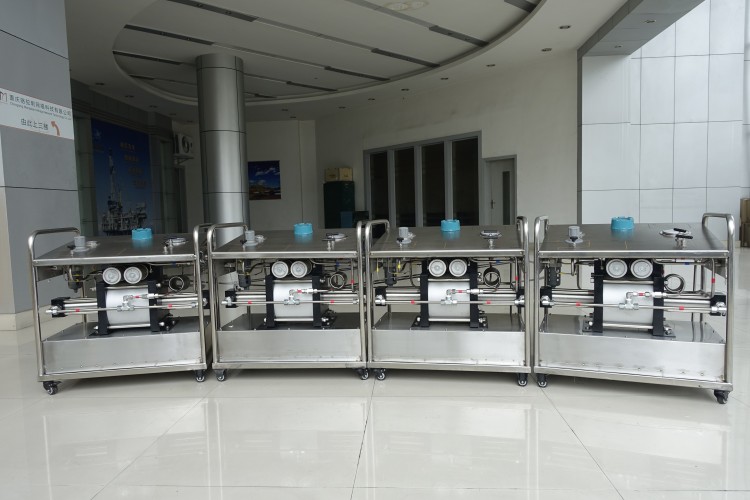Acid Injection Pumps: Critical Equipment in the Petroleum Industry
In the extraction and production processes of the oil and gas industry, acid injection pumps play a vital role. These pumps are essential for accurately injecting acidic fluids into oil or gas wells to enhance hydrocarbon production, while also serving critical functions in corrosion control, wax and scale removal, and overall reservoir management. Understanding the operational principles of acid injection pumps, their applications within the petroleum sector, and the key performance parameters to consider during selection is crucial for ensuring safe, efficient, and sustainable oil and gas operations.
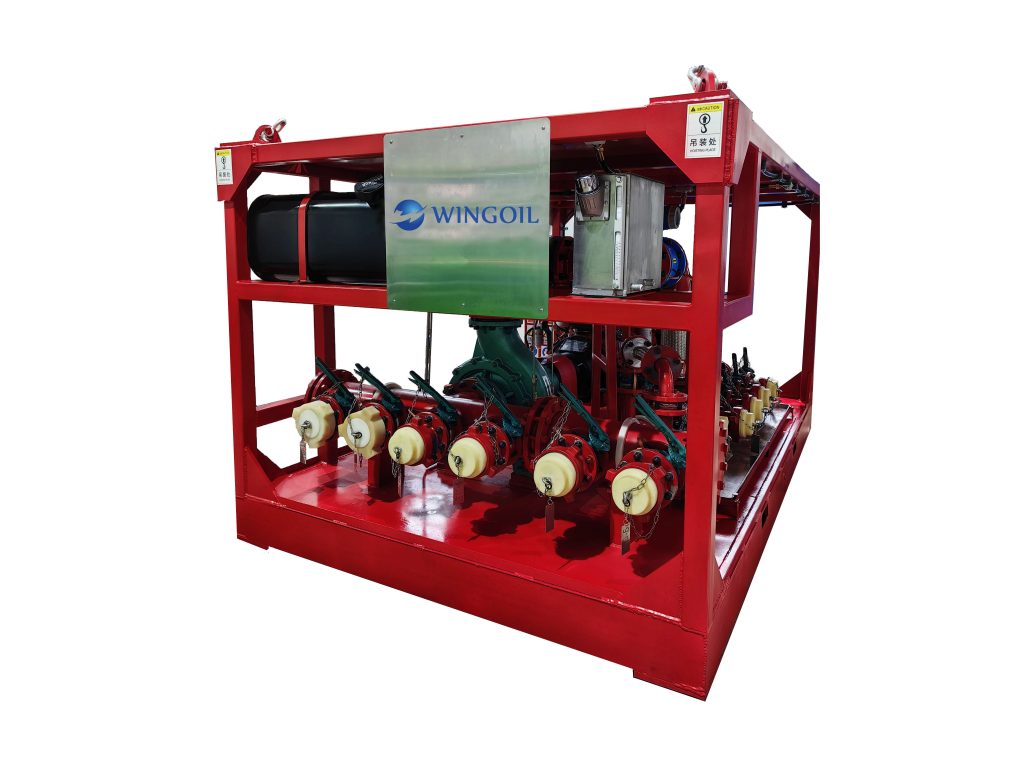
Working Principles of Acid Injection Pumps
The core purpose of an acid injection pump is to effectively transport corrosive acidic fluids into oil or gas wells, overcoming substantial formation pressures to facilitate various downhole operations. This demands a robust and precise mechanism, and several technologies have been developed to achieve this.
1. Diaphragm Pumps
Diaphragm pumps are a cornerstone in acid injection due to their inherent ability to isolate the pumped fluid from the pump’s mechanical drive. This isolation is achieved through a flexible diaphragm, typically made of materials like PTFE, Viton, or specialized elastomers, which reciprocates within a pumping chamber. The diaphragm’s movement creates alternating pressure and suction, drawing fluid into the chamber during the suction stroke and expelling it during the pressure stroke. The design inherently minimizes contact between the corrosive acid and the pump’s critical components, such as the drive shaft and bearings, significantly extending the pump’s lifespan and reducing maintenance. The diaphragm’s material selection is paramount, as it must withstand prolonged exposure to harsh chemical environments while maintaining its elasticity and integrity. The pump’s check valves, often made of corrosion-resistant alloys or ceramics, are crucial for ensuring unidirectional flow and maintaining precise delivery pressures. The hydraulic actuation of the diaphragm, often controlled by an internal oil circuit, allows for precise control of the diaphragm’s stroke length and frequency, enabling accurate flow rate adjustments.
2. Peristaltic Pumps
Peristaltic pumps offer a distinct advantage in applications requiring precise, low-volume acid injection. They operate by compressing a flexible tubing using rollers or shoes, creating a wave-like motion that propels the fluid forward. The fluid remains entirely within the tubing, eliminating any contact with the pump’s mechanical parts. This design is particularly beneficial for handling highly corrosive or sensitive fluids, as it minimizes the risk of contamination or degradation. The tubing material is critical, requiring exceptional chemical resistance and flexibility to withstand repeated compression and release cycles. Materials like PTFE, silicone, and specialized elastomers are commonly employed. The pump’s flow rate is directly proportional to the tubing’s internal diameter and the roller’s rotational speed, allowing for precise adjustments. Electronic control systems often integrate with peristaltic pumps, enabling accurate flow rate programming and real-time monitoring. The gentle pumping action of peristaltic pumps also minimizes shear forces on the fluid, which is important when handling sensitive chemical solutions.
3. Designs of Material, Control Systems, and Sealing
The structural design and material composition of acid injection pumps are critical factors in ensuring longevity and reliability. Materials like stainless steel, Hastelloy alloys, titanium, and fluoropolymers are employed for components exposed to corrosive acid. These materials offer exceptional resistance to chemical attack, minimizing corrosion and extending the pump’s service life. Advanced control systems are indispensable for optimizing the efficiency and safety of acidizing operations. Programmable logic controllers (PLCs) and distributed control systems (DCS) are commonly used to regulate flow rates, pressures, and injection schedules. These systems often integrate with sensors and feedback mechanisms to provide real-time monitoring and control, ensuring precise delivery of the acid solution. Proper sealing is paramount to prevent dangerous acid leaks, which can pose significant safety and environmental risks. Dynamic seals, such as mechanical seals and packing, are used to prevent leakage around rotating shafts, while static seals, such as gaskets and O-rings, are used to seal stationary joints. The sealing materials must be compatible with the acid being pumped and capable of withstanding the operating pressures and temperatures. Leak detection systems, including sensors and alarms, are often integrated into acid injection systems to provide early warning of potential leaks, allowing for prompt corrective action.
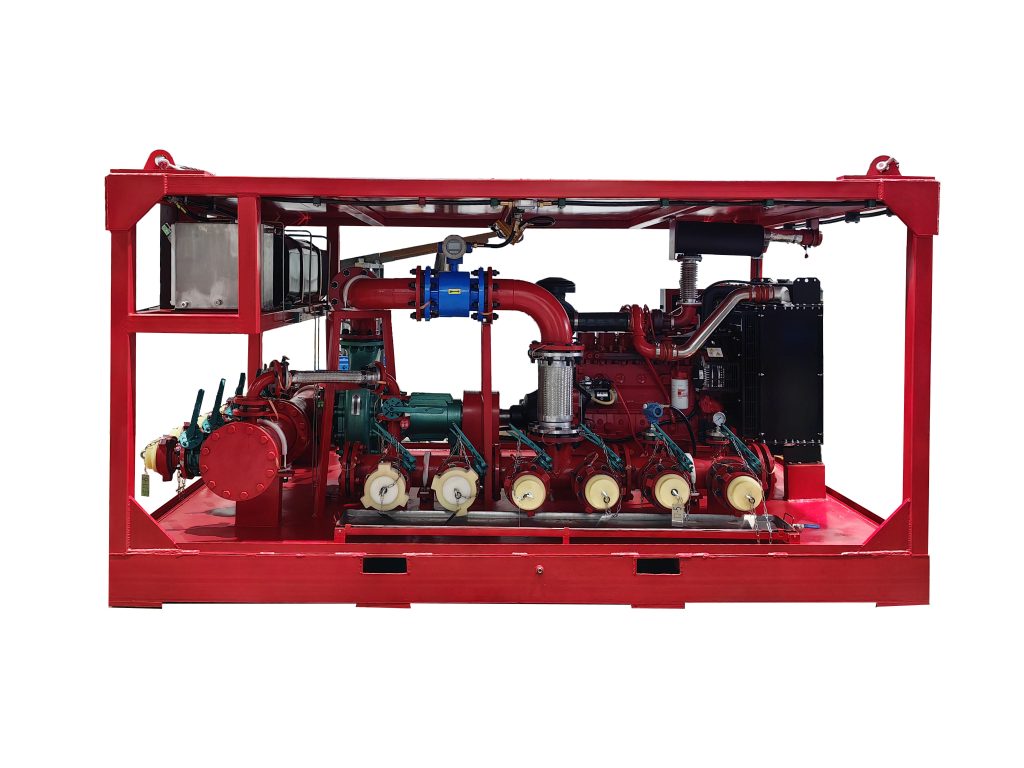
Applications of Acid Injection Pumps in the Petroleum Industry
Acid injection pumps are indispensable tools within the oil and gas sector, extending far beyond simple fluid transfer. They are central to a range of critical operations that directly impact production efficiency, infrastructure integrity, and overall reservoir management.
1. Optimizing Hydrocarbon Production Through Acid Fracturing (Acidizing)
Acid fracturing, or acidizing, is a fundamental technique for stimulating hydrocarbon production, particularly in carbonate reservoirs. This process involves the controlled injection of acidic solutions into the formation to dissolve carbonate rock, creating new flow channels and enhancing existing permeability. Acid injection pumps are the lynchpin of this operation, delivering the acid at high pressures to ensure deep penetration and effective interaction with the target formation. This process is not merely about dissolving rock; it’s a carefully engineered interaction, where the type and concentration of acid, the injection rate, and the overall treatment design are tailored to the specific reservoir characteristics. The success of acidizing hinges on the pump’s ability to maintain consistent pressure and flow, even under challenging downhole conditions. The pump’s reliability is crucial, as any interruption can lead to incomplete treatments, formation damage, or even wellbore instability. Furthermore, advanced monitoring and control systems are often integrated with the pump to provide real-time data on pressure, flow, and temperature, allowing for dynamic adjustments to the treatment as needed.
2. Safeguarding Infrastructure Through Precise Corrosion Control
The corrosive nature of produced fluids and injected chemicals poses a significant threat to pipelines and production equipment. Acid injection pumps play a vital role in mitigating this threat by precisely injecting corrosion inhibitors into the fluid stream. These inhibitors form a protective film on the metal surfaces, preventing or slowing down corrosion. The pump’s ability to deliver consistent and accurate dosages of inhibitors is crucial for effective corrosion control. Over or under dosing can lead to either insufficient protection or excessive chemical usage. The selection of the appropriate corrosion inhibitor is a complex process, requiring detailed knowledge of the fluid composition, operating conditions, and materials of construction. Acid injection pumps, often integrated with sophisticated chemical injection systems, allow for precise control of inhibitor injection rates, ensuring optimal corrosion protection and extending the lifespan of critical infrastructure.
3. Maintaining Flow Efficiency Through Wax and Scale Removal
The accumulation of wax and scale deposits within wells and pipelines can significantly impede fluid flow, leading to production losses and increased operating costs. Acid injection pumps are employed to deliver acidic solutions that dissolve and remove these deposits, restoring flow efficiency. The type of acid and the injection procedure are carefully selected to target the specific type of deposit and minimize damage to the wellbore or pipeline. This process is not simply a chemical cleaning; it’s a precisely controlled operation that requires careful monitoring and adjustment to ensure effective removal without compromising the integrity of the well or pipeline.
4. Enhancing Reservoir Recovery Through Engineered Acid Treatments
Beyond simple stimulation, acid treatments can be engineered to significantly improve reservoir recovery, especially in older wells or those with complex geological characteristics. Acid injection pumps are used to deliver specialized acid formulations that not only dissolve rock but also modify the reservoir’s wettability and permeability, facilitating enhanced oil recovery (EOR). These treatments are often tailored to specific reservoir conditions, involving complex fluid interactions and requiring precise control of injection parameters. The application of acid injection pumps in EOR is a testament to their versatility and importance in maximizing hydrocarbon recovery from existing reservoirs.

Key Performance Parameters for Acid Injection Pump Selection
Selecting the optimal acid injection pump for oil and gas applications, particularly for well stimulation and acidizing, requires a comprehensive evaluation of several critical performance parameters. Each factor must align with the operational needs, environmental conditions, and safety requirements of the specific project. The following considerations are essential:
1. Flow Rate and Discharge Pressure
The pump’s flow rate (typically measured in gallons per minute or liters per minute) and its maximum discharge pressure (psi/bar) must align precisely with the operational demands of the well.
- Flow rate should be sufficient to deliver the required volume of acid into the formation within the desired timeframe, while avoiding damage to the reservoir.
- Pressure capability must accommodate formation pressures, depth, and frictional losses in the tubing, with a recommended operational margin (typically 10–20%) to ensure reliability under variable conditions.
- Adjustable flow control is often necessary for staged or matrix acidizing operations.
2. Corrosion and Chemical Resistance
The aggressive nature of hydrochloric acid (HCl), hydrofluoric acid (HF), and other acid blends used in stimulation requires robust resistance to chemical attack.
- Material selection is paramount: common choices include 316L stainless steel, Hastelloy C-276, Duplex stainless steels, fluoropolymer-lined components (e.g., PTFE, FEP), and ceramic plungers.
- Components in contact with the fluid, such as valves, diaphragms, and seals, must also resist pitting, stress corrosion cracking, and erosion.
3. Injection Accuracy and Control Precision
Controlled and consistent acid delivery is crucial for ensuring treatment effectiveness and minimizing formation damage or safety hazards.
- Pumps should be equipped with electronic control systems, variable frequency drives (VFDs), or programmable logic controllers (PLCs) that allow precise regulation of both flow and pressure.
- Integration with SCADA or digital monitoring platforms enhances real-time performance tracking and process automation.
4. Operational Reliability and Maintenance Requirements
Oilfield environments are often remote, high-temperature, and subject to high particulate or fluid contamination.
- Pumps should be designed for continuous duty with minimal unplanned downtime.
- Features like modular designs, quick-change seal kits, and accessible service points improve maintainability and reduce total cost of ownership (TCO).
- Proven MTBF (mean time between failure) data and support from OEMs for field servicing are also vital.
5. Safety Systems and Environmental Protection
Due to the toxicity and corrosiveness of acids, the pump system must incorporate comprehensive safety features.
- Double mechanical seals, seal-less designs (e.g., diaphragm pumps), and secondary containment systems reduce the risk of leaks.
- Overpressure relief valves, automatic shutoff controls, and leak detection sensors are mandatory to prevent accidents and environmental harm.
- Compliance with API 674, API 675, or relevant local safety standards should be verified.
6. Economic Viability and Lifecycle Cost
- While upfront capital cost is a consideration, a more holistic view includes operating efficiency, durability, spare parts availability, and service intervals.
- Selecting pumps with a proven track record in similar applications helps ensure predictable performance.
- A cost-benefit analysis should compare options in terms of efficiency (kWh per gallon pumped), downtime costs, and expected service life.

In conclusion, acid injection pumps are indispensable tools in the oil and gas industry, significantly impacting production efficiency and safety. Careful evaluation of performance parameters is necessary to ensure optimal pump selection. Ongoing technological advancements continue to improve the performance and reliability of acid injection pumps, supporting the safe, efficient, and sustainable development of the petroleum industry.

